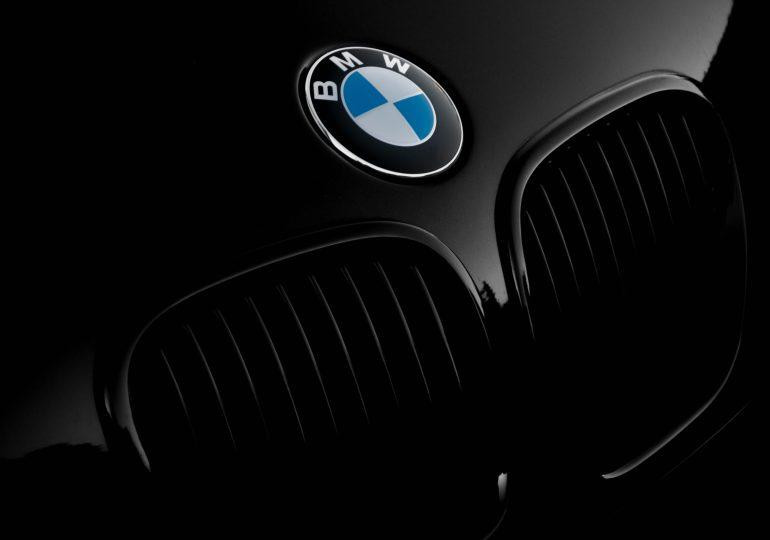Electric vehicles require a large number of pricey batteries, hence they have a tendency to be luxurious. All the elite car brands including Porsche, Mercedes-Benz, and Audi have all released electric vehicles in recent years. BMW has its own electric automobiles, such as the iX and i4, as well as the upcoming i7, which is a battery-powered version of the brand’s new most costly sedan.
The 7 Series is BMW’s masterpiece for luxury and technology. While the 3 Series and 4 Series are arguably better recognised. The BMW i7 is the electric version of a new generation of BMW’s flagship 7 Series.
The all-wheel-drive 536 horsepower i7 xDrive60 will have a starting price of $119,300 and a range of 300 miles on a single charge, which is less than the Mercedes EQS. The 760i X-drive, a V8-powered gasoline variant with the same horsepower output and a $300 lower starting price, will be available as well. It’ll have a similar appearance. $93,300 will be the starting price for a gas-powered variant with a 6-cylinder engine.
This new version also emphasises BMW’s flexibility-first electric car approach, which distinguishes it from premium rivals Mercedes-Benz and Audi. While the electric vehicles of other luxury companies are built on dedicated EV chassis that bear little resemblance to their gas-powered counterparts, BMW places a premium on flexible engineering.
All of BMW’s new models are designed to be produced with internal combustion engines, entirely electric power, or plug-in hybrids that blend electric and gas power. BMW officials emphasise that this isn’t simply about putting batteries and electric motors in cars designed to run on gasoline. Instead, these cars were developed from the ground up to accommodate any of these driving systems.
One of the key advantages of doing it this way, according to BMW officials, is that it allows the firm to simply create more — or less — electric cars or gas-powered cars on the same assembly lines instead of dedicating production resources only to EVs. With vehicles and SUVs intended to be manufactured in either mode, the automaker also avoids investing millions of dollars in research and development for an electric-only model that may not find a market.
Another advantage, according to BMW Chairman Oliver Zipse, is that buyers will not have to select between two entirely distinct models when deciding whether to buy an electric or gas-powered vehicle. They may simply opt to buy a BMW 7 Series and then pick between the gasoline and electric versions, just as they would choose between a V8 or a straight-6 engine. Customers enjoy the same premium automobile experience and style in either case.
The disadvantage of a single technical platform is that designers must make tradeoffs in order to accommodate both electric and gasoline engines. Internal combustion engines require a considerable amount of empty space upfront for the engine, a smaller one beneath the trunk for the fuel tank, and frequently a long tunnel through the middle to link the engine to the wheels. Electric automobiles, on the other hand, can have smaller electric motors located closer to individual wheels, and while they don’t require a gasoline tank or transmission tunnel, they do require a wide, reasonably flat surface for the batteries, which is usually on the bottom of the car.
BMW has stated that by 2030, 50% of the cars it sells globally would be electrified. This includes automobiles such as Rolls-Royce and Mini. BMW owns both of these historic British companies, and by 2030, they intend to offer entirely electric automobiles.
Visit the dashboard of Encome.io for the latest news updates and trending stocks of the day.

